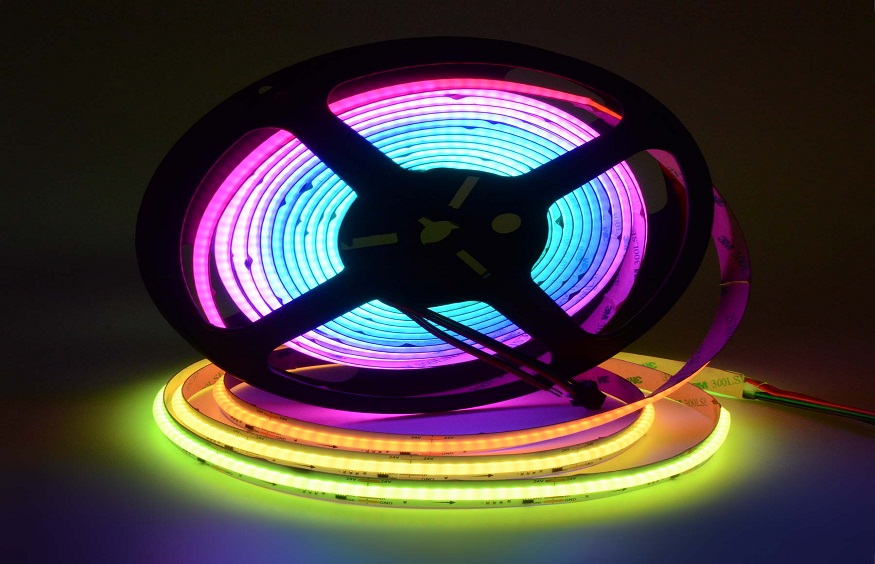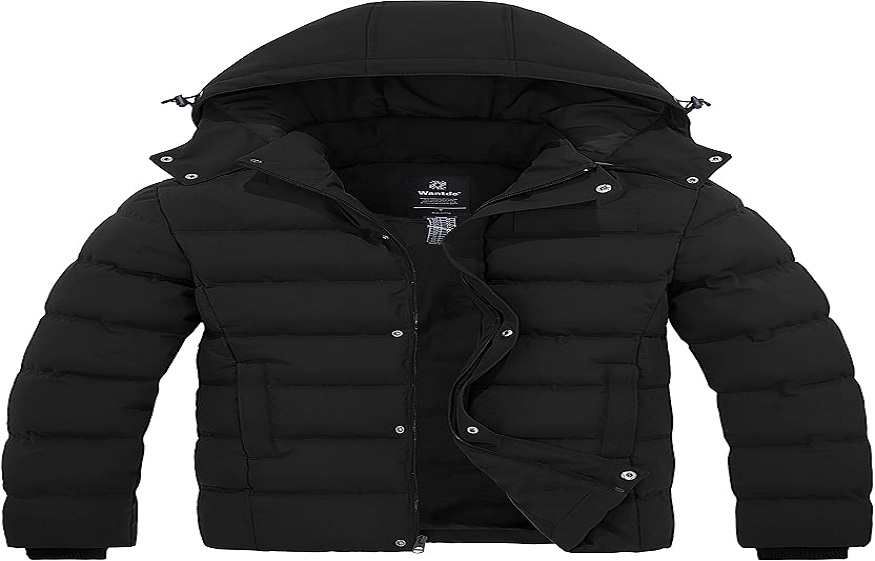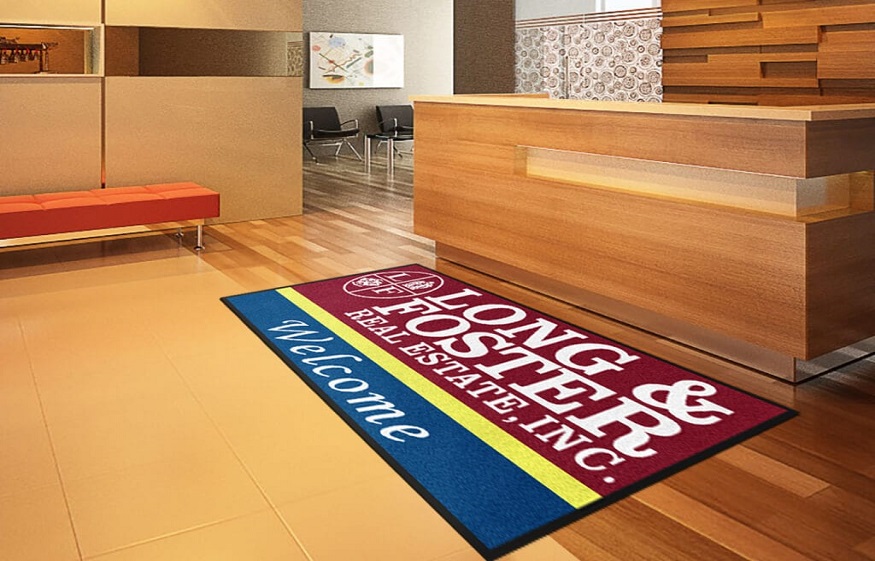Construction And Materials For Rugs
The rug’s durability and wear will depend on whether it is hand-made or machine-made.
The type of rug and the traffic that you anticipate will be using it will affect which kind of synthetic or natural fiber you choose. There are two types of fibers: staple fibers and synthetic fibers. These fibers have a shorter fiber length that sheds first. The rug could also be made from the bulk continuous filament that uses non-shedding continuous strands.
Many synthetic rugs can also be used outdoors.
Fibers’ resilience measures their ability to bounce back from being crushed by heavy furniture. Custom Logo Rugs with high resilience are best if they will be placed under furniture or in high traffic areas.
You should consider rugs that are stain-resistant or washable for easy cleanup if you have children or pets.
You should also consider how the rug was constructed. This can affect its durability, or how well it can withstand wear. Here are some of the most common methods rugs are made.
A hand-hooked rug has a yarn pile (the rug’s thickness) that is made up of loops. The result is soft and nubby. These custom logo rugs can be durable and, if handcrafted, denser than those made by machines. The loops are not durable and can be damaged by frequent use. They should only be used in areas that have low traffic. Pet nails can also damage the fibers. A hand-hooked rug can also refer to rugs that have a looped pile. Be sure to verify before buying to ensure you are getting the correct construction.
Hand-tufted rugs are made the same way hand-hooked ones. The loops are not removed from the rug. Instead, the loops’ tops have been cut to create a soft underfoot effect. Shag Rugs feature a longer pile. These custom logo rugs can be easily restyled to match new seasons or styles. Hand-tufted rugs tend to lose especially in the beginning so you should vacuum them regularly.
Hand-knotted rugs have densely knotted and are detailed. They are constructed on a rug loom with hand-tied threads. Hand-knotted rugs are more costly because they take longer to make. The quality of the hand-knotted rug is determined by its density.
Flatweave rugs can be woven on either a loom or by hand. This is a traditional method of construction in which vertical yarns are weaved through the weft and horizontal yarns. They can be reversible and don’t have piles.
Machine-made Rugs Can be made in any style or type. Pre-set patterns allow you to make the exact pattern you want. This allows for perfect piles and patterns. Machine-made rugs are durable and resistant to staining, but they can be difficult to construct, so they tend not to last as well.
Synthetic Materials
Nylon Rugs Are:
- Strong and resilient.
- It is ideal for high-traffic areas or placement under heavy furniture.
- Ideal for concealing and resisting soil and stains.
- Available in many colors
Polyester Rugs Can Be:
- This is a great way to preserve color clarity.
- Easy to clean.
- It is ideal for people who want a luxurious feeling.
- It is great for living spaces.
Polyester Rugs Can Be:
- Easy to clean.
- It is resistant to moisture and mildew.
- Low-traffic areas are best
- Ideal for outdoor use.
Rug Sizes
Large rugs can dominate a room so make sure you choose one that is right-sized. For large rooms, choose the rug first before you consider furniture, drapes, or other elements. You should purchase smaller rugs after you have purchased furniture and other accessories to compliment your decor.
Our rug sizes buying guide will provide a comprehensive look at the different sizes and how to choose the right shape and size for each room.
Care & Considerations
Think about how the room will feel when you are choosing colors. The darker colors create a warm, intimate feeling, while the lighter colors make smaller rooms seem larger.
For proper care of your rug, be sure to follow the manufacturer’s recommendations. Rugs are safe to be cleaned with steam or water at least once a year. Check the tag to see specific instructions when cleaning rugs with chemical cleaners. Clean high-traffic areas regularly and blot spills rather than scrub.
Rotate rugs once a month to avoid uneven wear. You can inspect the back of your rug periodically for potential damage by carpet beetles and moths.
A rugs pad is a protective sheet that fits under an existing area rug. It is usually made of rubber or another material that provides grip. You should use a rug pad under all area rugs, especially hardwood floors. This helps prevent slippage and gives you greater comfort underfoot. Carpet padding is a rug pad that holds your rug in its place. They provide insulation and extra cushioning. Rug pads are a way to prevent dyes or spills from seeping through the rug or staining the floor and carpet.
If you do not use a pad, make sure the rug corners are clear of high-traffic areas. Many scatter rugs have nonskid backing to prevent them from sliding underfoot, even if there is no floor below them.











